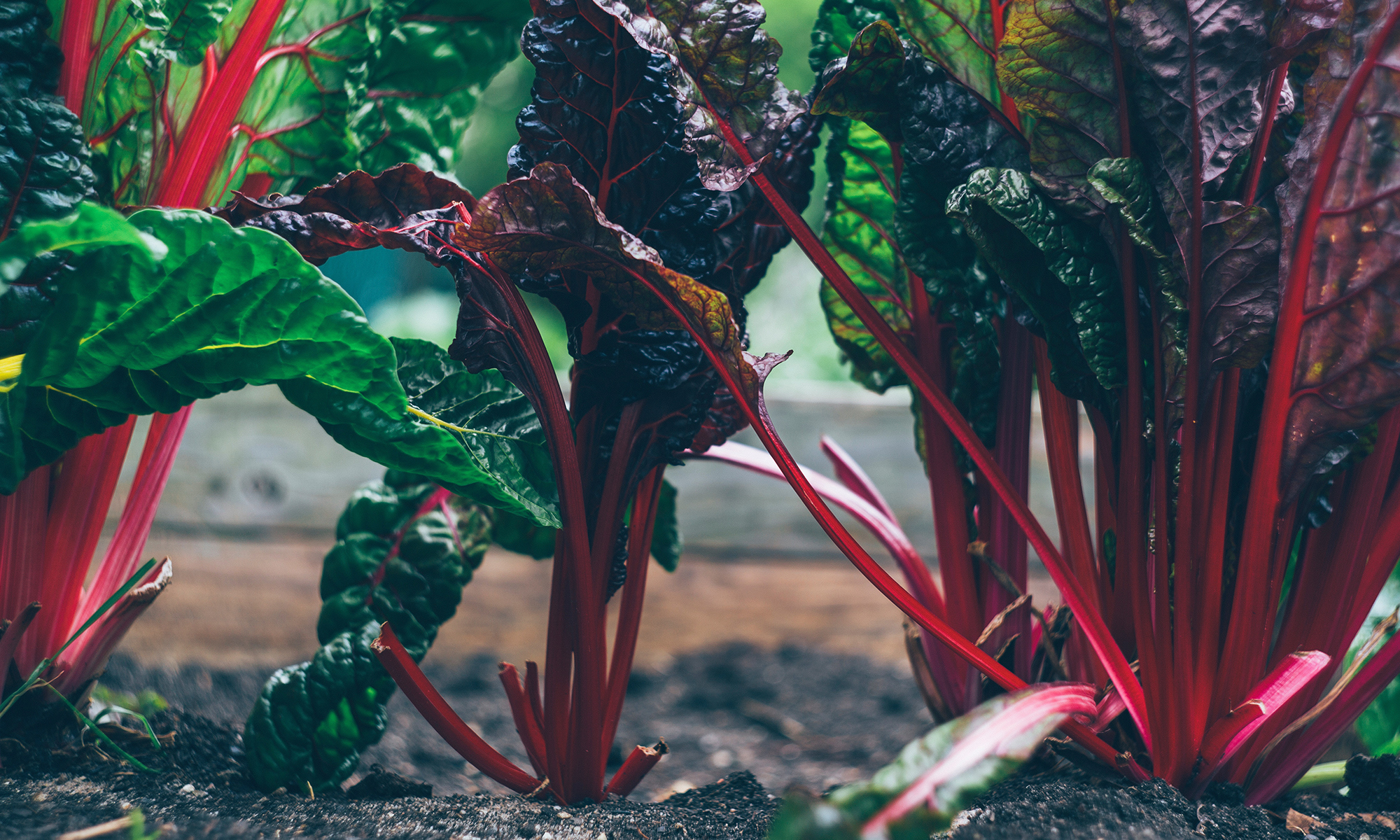With threats of the first frost looming and the race to get the garlic in the ground, I spent the weekend playing in the garden. I gathered all the tomatoes – green, red and everything in between. In between digging up the tomato plants and preparing the soil for garlic, I made green tomato jam.
I scoured the web for recipes: a theme emerged – simmer chopped tomatoes with sugar and vinegar. Some called for additions of apples and/or raisins. Spicing ranged from ginger to cinnamon to a medley of warm spices. I decide to use an old recipe for green mango chutney. I had used it with great success substituting in strawberries and apples, so I figured green tomatoes would work well too!
Did it ever. Wow! I served it last night with swordfish – seasoned with lime and dusted with chick pea flour. The chick pea flour elicited enough of an Indian flare that paired perfectly with the chutney. I preserved the remainder into ½ pint jars.
Green Tomato Jam
6 cups chopped green tomatoes
2 cups sugar, brown
1 small onion, diced
2 cups vinegar – cider
1 in. piece of fresh ginger, peeled and chopped
6 garlic cloves, chopped
1 – 2 jalapenos, chopped
1 tsp. cinnamon
Put sugar and vinegar in sauce pan. Bring to a boil, stirring until sugar has dissolved. Add tomatoes and remaining ingredients. Simmer over low heat until chutney is reduced and thick, stirring occasionally, about 1 hour.
Here are canning instructions… reposted from here.
Preserving Tomatoes in Jars
The one thing to remember when canning tomatoes is that you need to boil everything. Boil the jars, boil the tomatoes, boil the tomatoes in the jar. The first two boil are necessary to sterilize the jars and the tomatoes, the third boil is to create a vacuum seal in the jar.
So to be clear, the process goes like this:
1. Purchase canning jars. I prefer the wide mouth because they are easier to fill. Consider buying a variety of sizes. Even if you are only canning one kind of sauce, the variety will enable you to maximize your tomatoes – if a recipe calls for a small amount of tomato; you open a small jar, instead of opening a large jar that may not be completely used. Also, buy a pair of “canning tongs”. These tongs are specially designed to lift the jars out of the water.
2. Wash the jars. Put the lids in one pot and the jars in another pot. The pot for the jars should be deep enough that the jars can be covered by at least on inch of water.
3. Cover the lids completely with water and put them on the stove. Bring to a boil, and turn off the heat. Let them sit in the water until you’re ready to use them.
4. Cover the jars completely with water and bring them to a boil. Continue boiling them for 10 minutes.
5. Meanwhile, bring the tomatoes to a boil, and continue cooking them for at least 10 minutes. Even if you smoked the tomatoes, you still need to boil them.
6. Remove the jars from the water, draining the water out. Fill each jar with tomatoes, leaving about ½ inch at the top. With a clean towel, wipe the lip of each jar clean.
7. Drain the water from the lids and cover each jar. Seal with the metal band.
8. Return the jars to the boiling water and let boil for 10 minutes. Remove from the water and let stand for 20 minutes. Remove the band and test the lids – if it comes off easily, then the seal did not work and you must repeat the process. If the lid is tight, then you are all set!




